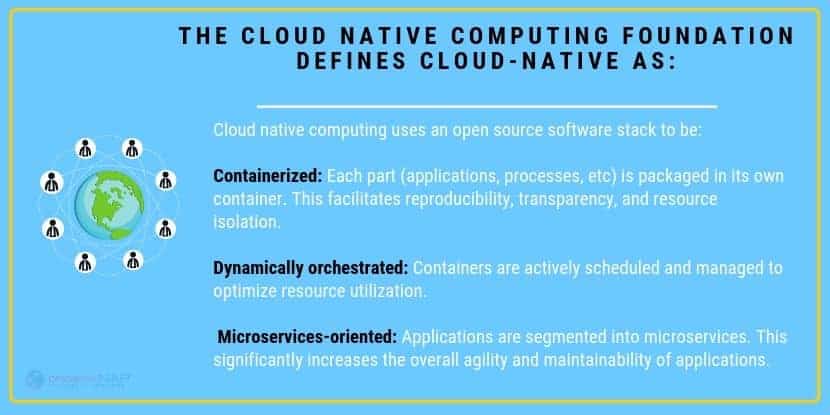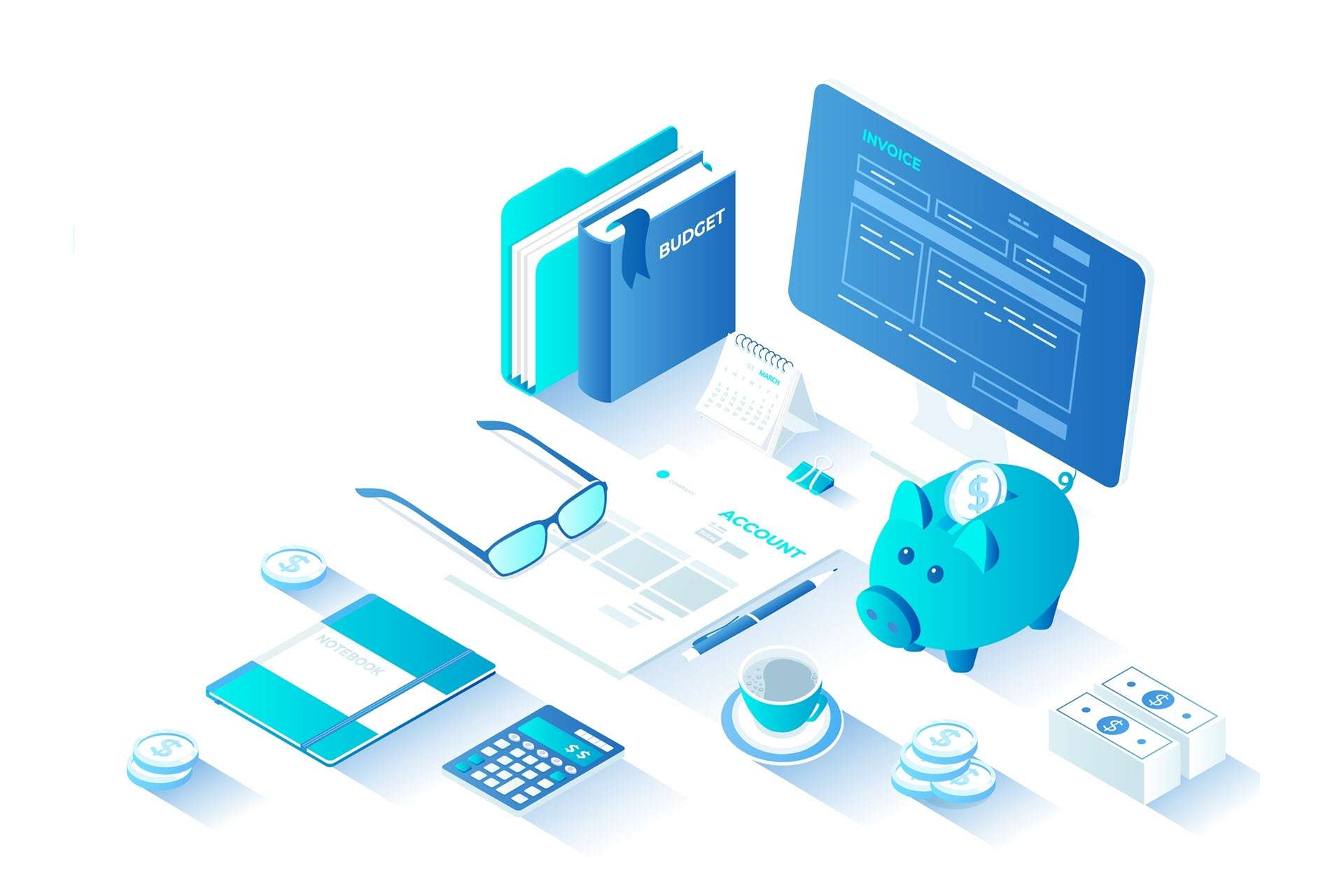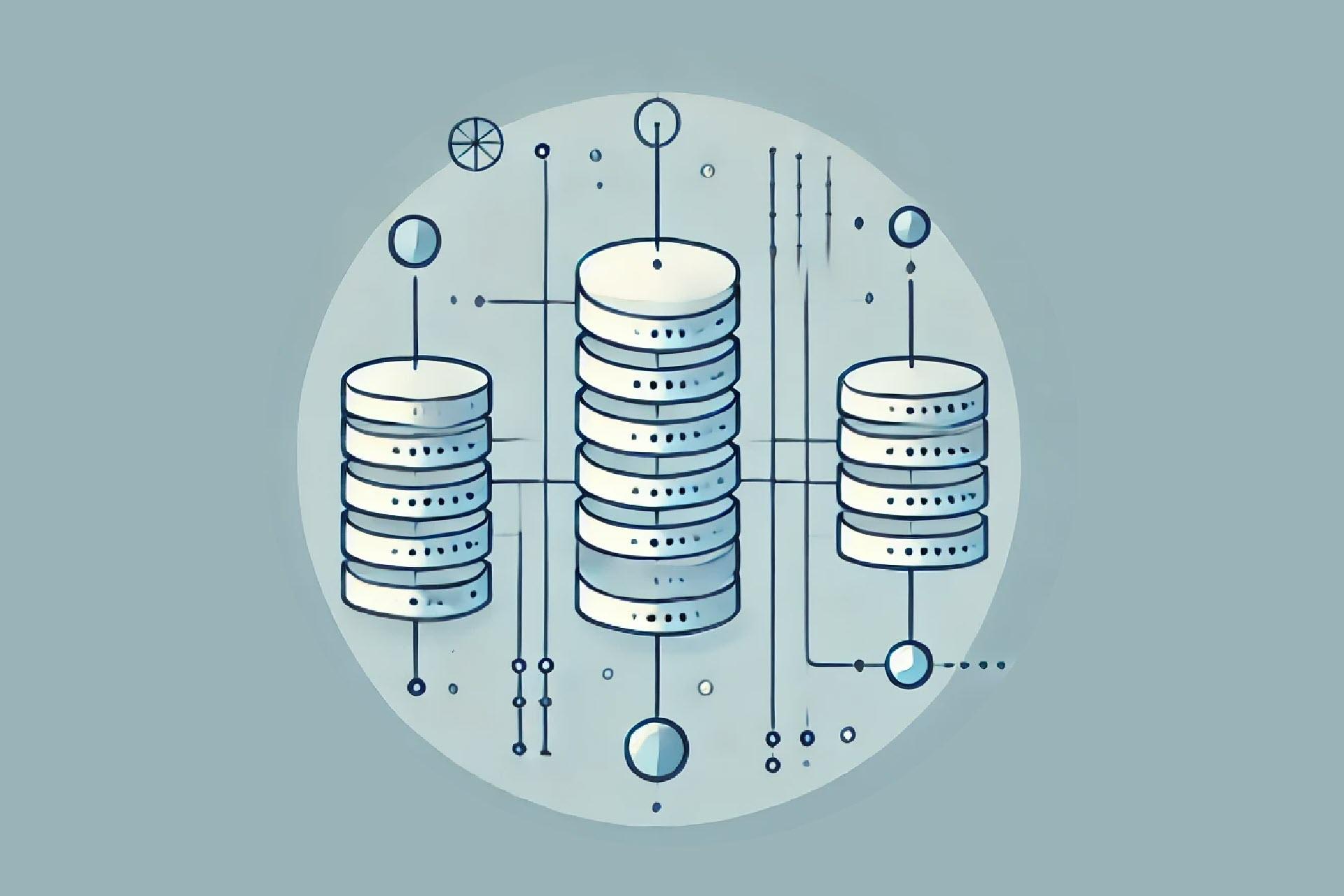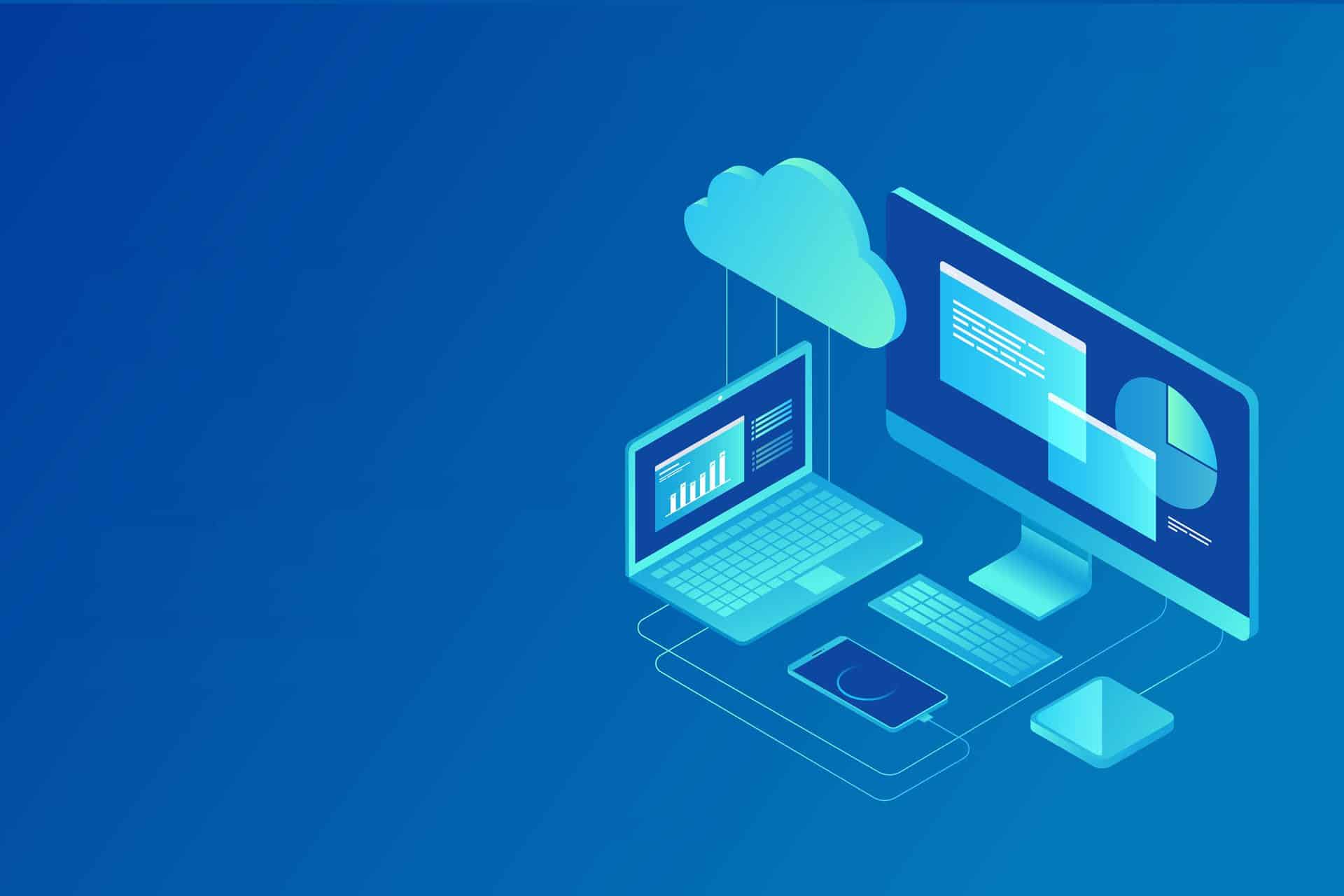Cloud-native has already proven to be the future of software development. By 2026, 80% of enterprise apps will be either cloud-based or in the process of transitioning to cloud-native apps.
IT departments are migrating to the cloud to reduce costs and secure their designs off-site. Before you start thinking about such a switch, ensure you understand the underlying architecture of these applications.

What Is Cloud-Native Architecture?
Cloud-native applications consist of microservices packaged into containers running on cloud computing infrastructure. Such applications are developed, tested, and deployed in the cloud. Therefore, they run on a private, public, hybrid, or multi-cloud infrastructure.
A cloud-native application has a microservice architectural design – a collection of loosely coupled services that work together. Each service has its functionality and represents an independent component. A container orchestration system manages these reusable, resilient, and scalable functionality models. With such a system in place, a cloud-native application can horizontally scale resources by adding or removing them when needed.
Developing and running an app using the cloud-native architecture implies it is compatible with various platforms and cloud providers. This gives your business the flexibility it requires, as well as a wide array of resources to utilize. For instance, phoenixNAP’s Bare Metal Cloud is a cloud-native IaaS platform you can use to integrate with your existing infrastructure.
Such a system provides developers with a platform that enables them to ensure continuous integration and continuous delivery. By setting up an application following the principles of the cloud-native architecture, developers work on improving user experience and adding new features without worrying about downtime or availability.
Types of Cloud-Native Designs
- Basic. The basic cloud-native design periodically backs up the system on the cloud. You connect to an application via DNS. The DNS accesses one of the load balancers, which then takes you to the app. Key data is held in the master and worker databases, which communicate with the application.
- Multi-cloud. One application component can run on multiple cloud platforms. You access it via DNS. Such a setup doesn’t require duplicate systems. The data is stored on your platform while the components work in multiple environments.
- Hybrid. Access your application via DNS. The DNS connects to one of the load balancers, which then directs you to the app. While the app pushes to a master database, the replicas are stored to a slave database, another cloud platform, or your building.
5 Principles of Cloud-Native Architecture
Designing and running an application based on the cloud-native architecture implies following certain principles to ensure optimized performance and fast delivery.
Self-Reliant Containers
The cloud-native architecture consists of containers that hold everything required for a specific microservice – libraries, dependencies, and a lightweight runtime. With all the requirements packaged inside the isolated container, developers can quickly move it from one environment to another.
Such mobility and independence are also the results of having an externalized configuration. The container itself has immutable infrastructure that is configured for a specific environment.
The most commonly used container technology is Docker, while Kubernetes is used to deploy, scale, and manage containerized applications.
To learn more about Kubernetes and how it works, refer to our Complete Kubernetes Guide. If you are already familiar with this popular orchestration tool, check out 19Kubernetes Best Practices For Building Efficient Clusters.
Managed Services Designed for Interaction and Collaboration
Cloud-native services need to communicate with each other and third-party applications. A cloud-native app uses APIs, such as a RESTful API, to establish communication between a service and an external application or legacy program.
As for internal communication and management, microservices offer the possibility of adding a dedicated infrastructure layer that handles all internal communication. This layer is called the service mesh. Its primary role is to connect, secure, and observe services within the cloud-native architecture. There is a wide range of open source service mesh implementations, with Istio being the most popular choice.
Stateless and Scalable Components
Cloud-native architecture requires an application to have state-independent components. This means it stores state externally, so any instance within the service can process a given request. When designing a distributed cloud-native application, you want as many stateless components as possible.
Without maintaining data persistence or sessions, the system can easily scale, repair, rollback, and load balance. Depending on the workload, a cloud-native app scales horizontally, adding and removing instances when needed. Additionally, its stateless nature allows developers to repair existing instances with minimal downtime by spinning up replacements. With stateless components, it is also simpler to roll back to an older version of the application, as well as to load balance between instances.
Automated Processes and CI/CD Pipeline
One of the main advantages of cloud native systems is that their infrastructure is easier to automate. Developers can utilize automation through a CI/CD pipeline for faster repairs, scaling, and deployment. Therefore, building, testing, and deploying should be automated. Additionally, processes such as rollbacks, canary deployments, scaling up and down, monitoring, and recovery can all be automated.
Take a look at this head-to-head comparison of Cloud Orchestration and Cloud Automation and learn about the benefits of orchestration and automation.
Resilient architecture
A primary focus in app development is designing a resilient application. It involves building and configuring a system with high availability and an efficient disaster recovery plan. Since failures are inevitable, the best way to deal with potential issues in the future is to plan ahead.
The cloud native architecture centered around microservices provides a strong system that ensures resiliency. With automated recovery and stateless scalable components, multiple instances can take over tasks when needed. Therefore, you can minimize downtime and keep the app running to provide the best user experience.
Benefits and Drawbacks of Cloud Native Architecture
After learning about the basic principles and architecture of cloud native applications, examine their main advantages and potential difficulties.
Benefits:
- With loosely coupled microservices, developers work on each microservice independently, without affecting the entire app.
- Using a container orchestration platform, such as Kubernetes, simplifies troubleshooting as developers can find bugs without taking apart the whole application.
- As microservices are platform-agnostic, they can be written in the language and framework that best suits the application requirements.
- Businesses do not have to depend on a single provider. The microservice architecture allows them to employ a multi-cloud or hybrid-cloud strategy.
- A central container orchestrator improves performance by managing automatic scheduling and allocation of resources based on demand.
Drawbacks:
- The team needs to establish and adapt to a DevOps pipeline to ensure CI/CD of microservices.
- Microservices need to be monitored and managed due to security risks from rapid scaling and the dynamic nature of cloud native architecture.
- Some microservices may require specific capabilities that make them dependent on an operating system or machine.
The Future Is Already Here
Get the benefits of flexible, scalable, reusable apps that use the best container and cloud technology available. Go cloud native and partner with phoenixNAP Global IT Services. Contact us today for more information.



